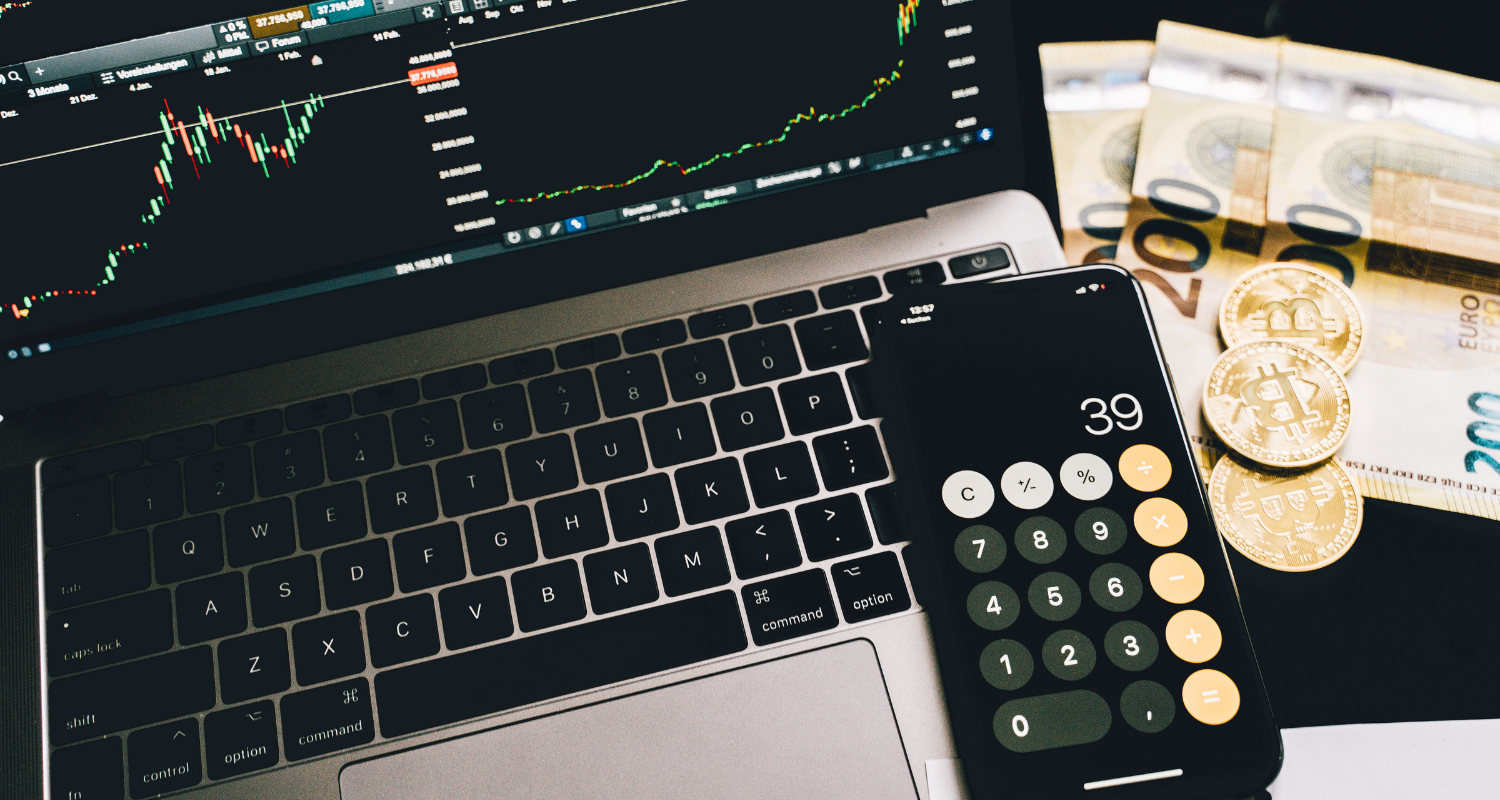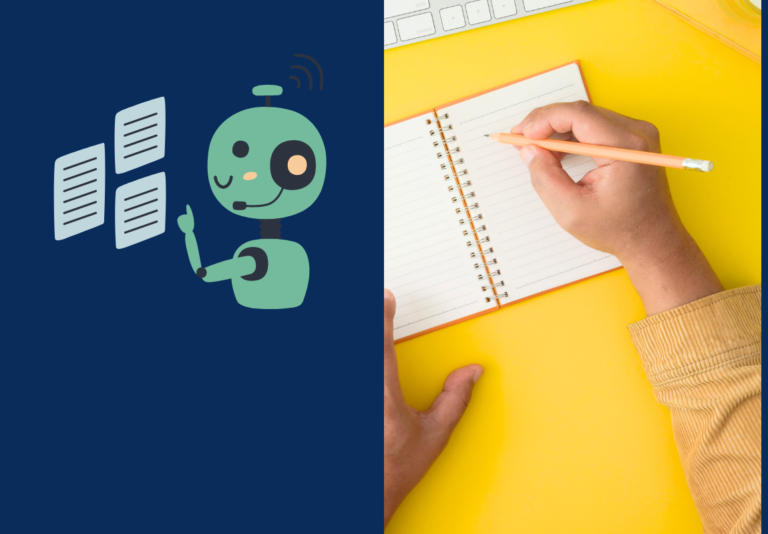How to Use ChatGPT for Stock Trading?
ChatGPT is a state-of-the-art language model developed by OpenAI, built upon the GPT-3.5 architecture. It excels in natural language understanding and generation, making it a powerful tool for various applications, including chat GPT for stock trading.
Traders and investors are at the forefront of a technology revolution as ChatGPT continues to reinvent the landscape of chat GPT for stock trading. While the advantages are numerous, knowing the subtleties, best practices, and ethical considerations remain critical. As with any tool, using ChatGPT responsibly and with knowledge can help traders make better decisions in an ever-changing financial landscape.
A. Features of the chat GPT for stock Trading App:
- User-friendly interface: The ChatGPT Trading App boasts an intuitive interface, making it accessible to use chat GPT for stock trading in both novice and experienced traders. Its user-centric design focuses on ease of use and efficient navigation.
- Real-time market data integration: The app integrates seamlessly with real-time market data, ensuring that users receive up-to-the-minute information crucial for making timely trading decisions.
- Customizable trading signals and alerts: Traders can customize signals and alerts according to their preferences, allowing for a personalized trading experience using chat GPT for stock trading. This flexibility empowers users to adapt the app to their unique trading styles.
B. User Experience and Navigation:
- Interactions with ChatGPT are seamless because of the app, which allows users to use the chat GPT for stock trading effortlessly input inquiries, receive insights, and make trades all inside the same interface.
- Individual trading preferences can be personalized: Traders can customize their experience by altering settings, preferences, and notification criteria. This personalization improves the overall user experience and matches the software with certain trading tactics.
ChatGPT Trading Signals: Enhancing Decision-Making:
A. How ChatGPT Generates Trading Signals:
- Analyzing market sentiment: ChatGPT excels in gauging market sentiment by processing and interpreting news, social media, and other textual data. This sentiment analysis contributes to the generation of trading signals.
- Identifying potential trade opportunities: Through pattern recognition and analysis, ChatGPT identifies potential trade opportunities by recognizing trends, anomalies, and emerging market patterns.
- Providing real-time alerts: The app sends real-time alerts to users based on ChatGPT’s analysis, ensuring that traders stay informed about market developments that may impact their portfolios.
B. Accuracy and Reliability:
- Performance metrics and historical data: ChatGPT’s trading signals are evaluated based on historical performance metrics. Traders can assess the model’s accuracy and reliability over time, enabling data-driven decision-making.
- User testimonials and feedback: User testimonials and feedback contribute to assessing ChatGPT’s performance in real-world trading scenarios, providing insights into its effectiveness and user satisfaction.
ChatGPT Trading Strategy: Tailoring Approaches for Success:
A. Customizing Trading Strategies:
- Adapting to different trading styles: ChatGPT supports a wide range of trading methods, from day trading to long-term investment, allowing users to adjust their tactics to their personal tastes and risk tolerance.
- Long-term investment vs. short-term trading: The app gives information on both long-term investment and short-term trading techniques to use chat GPT for stock trading, aiding users in matching their approaches with their financial objectives.
B. Incorporating Market Insights:
- Utilizing ChatGPT’s analysis for informed decision-making: Traders can leverage ChatGPT’s analysis to gain valuable insights into market trends, helping them make well-informed decisions aligned with their overall investment strategies.
- Implementing strategies based on AI-driven insights: By incorporating AI-driven insights into their strategies, traders can adapt to changing market conditions and enhance the resilience of their portfolios.
ChatGPT for Stock Analysis: A Deep Dive into Financial Data:
A. Analyzing Market Trends:
- ChatGPT analyzes The historical market data in great detail, discovering patterns, and trends to use chat GPT for stock trading and repeating factors that drive its predictions and suggestions.
- ChatGPT predictive analytics: The model’s predictive capabilities allow it to forecast market moves, giving traders a forward-looking perspective that informs their decision-making processes.
B. Fundamental vs. Technical Analysis:
- How ChatGPT blends both approaches: ChatGPT seamlessly integrates fundamental and technical analysis, considering factors such as company financials, economic indicators, and technical chart patterns to offer a comprehensive view of the market.
- Enhancing decision-making through comprehensive analysis: Traders benefit from a holistic analysis that combines fundamental and technical insights, empowering them to make well-rounded decisions in dynamic market conditions.
ChatGPT Option Trading: Navigating the Complexities:
Leveraging ChatGPT for Options Trading:
- Understanding option strategies: ChatGPT assists traders in understanding and implementing various options trading strategies, providing insights into risk management and potential outcomes.
- Risk management with AI insights: The app’s risk management features, guided by ChatGPT’s insights, enable users to navigate the complexities of options to use chat GPT for stock trading with a focus on minimizing risk and maximizing returns.
Can You Use ChatGPT for the Stock Market?:
User Guidelines and Best Practices:
- Incorporating ChatGPT into your trading routine: Traders are advised to integrate ChatGPT as a tool within their broader trading routine, using it to complement their own research and decision-making processes.
- Maximizing the benefits of AI in stock trading: To maximize benefits, users should stay informed about updates, continuously refine their trading strategies, and remain cautious of over-reliance on AI without personal validation.
How to Use AI for Stock Trading: Practical Insights:
A. Step-by-Step Guide:
- Integrating ChatGPT into your trading workflow: By incorporating it into their research process, receiving real-time notifications, and using its insights to inform decision-making, users may smoothly incorporate chat GPT for stock trading into their trading workflow.
- Setting up personalized alerts and notifications: Traders can improve their productivity by using chat GPT for stock trading in establishing personalized alerts and notifications based on specified criteria, ensuring they are kept up to date on market changes that are relevant to their portfolios.
Is AI Trading Profitable?:
- Comparative analysis with traditional trading: To determine the profitability of AI trading, compare it to traditional trading methods, taking into consideration aspects such as risk-adjusted returns, consistency, and flexibility.
- Considering profitability in diverse market conditions: Traders should consider AI trading in chat GPT for stock trading to profitability in different market scenarios to determine its robustness and applicability.







